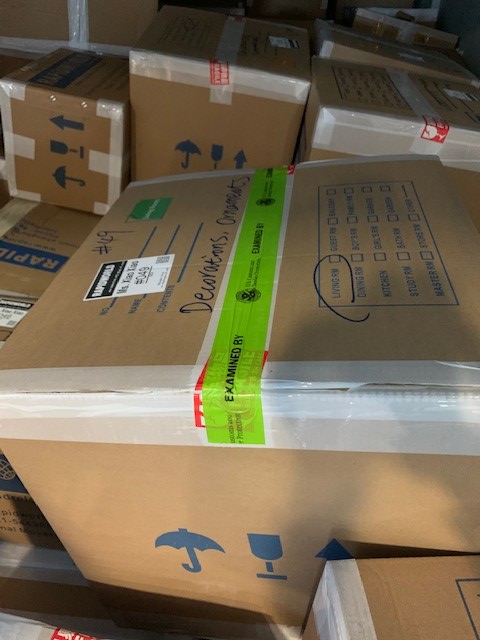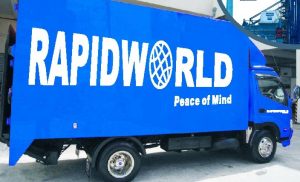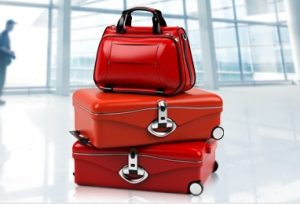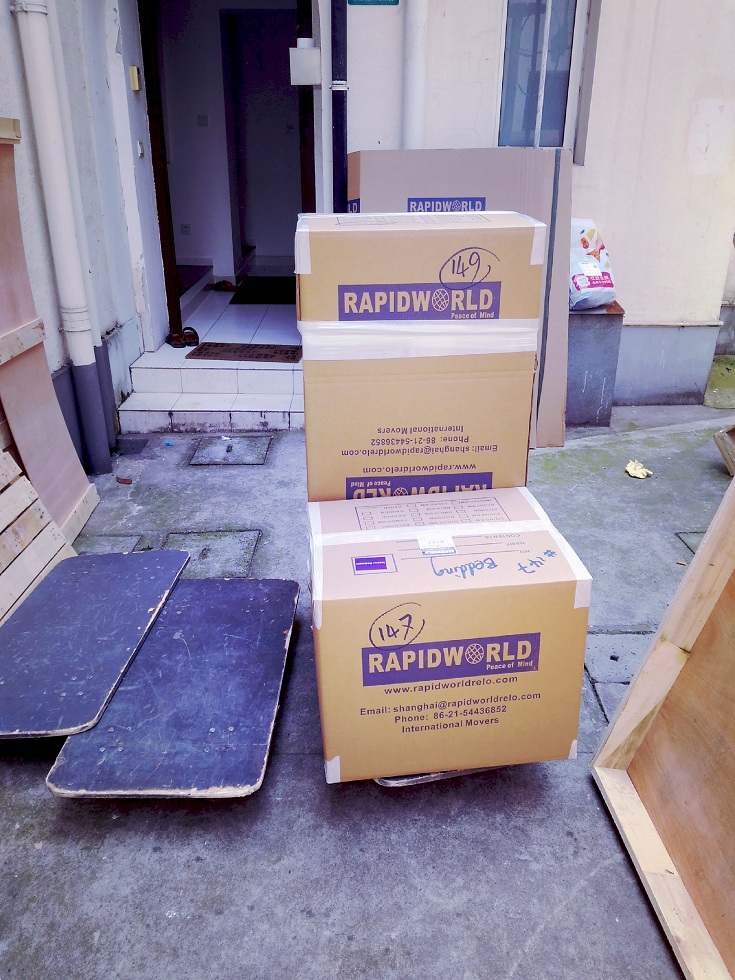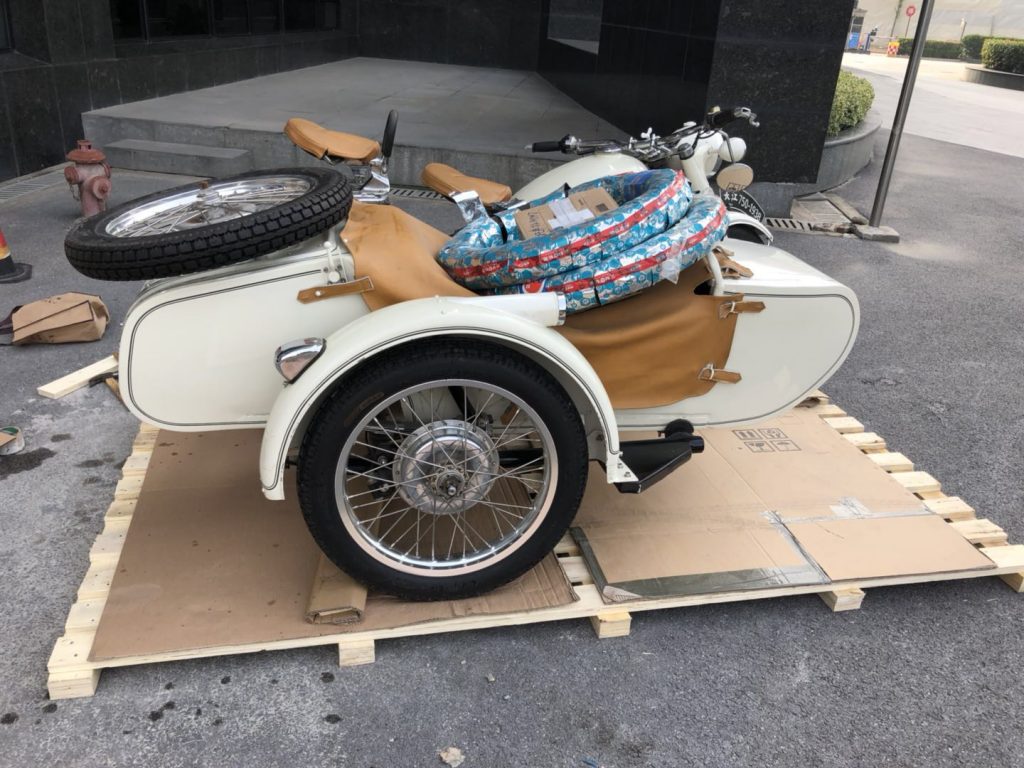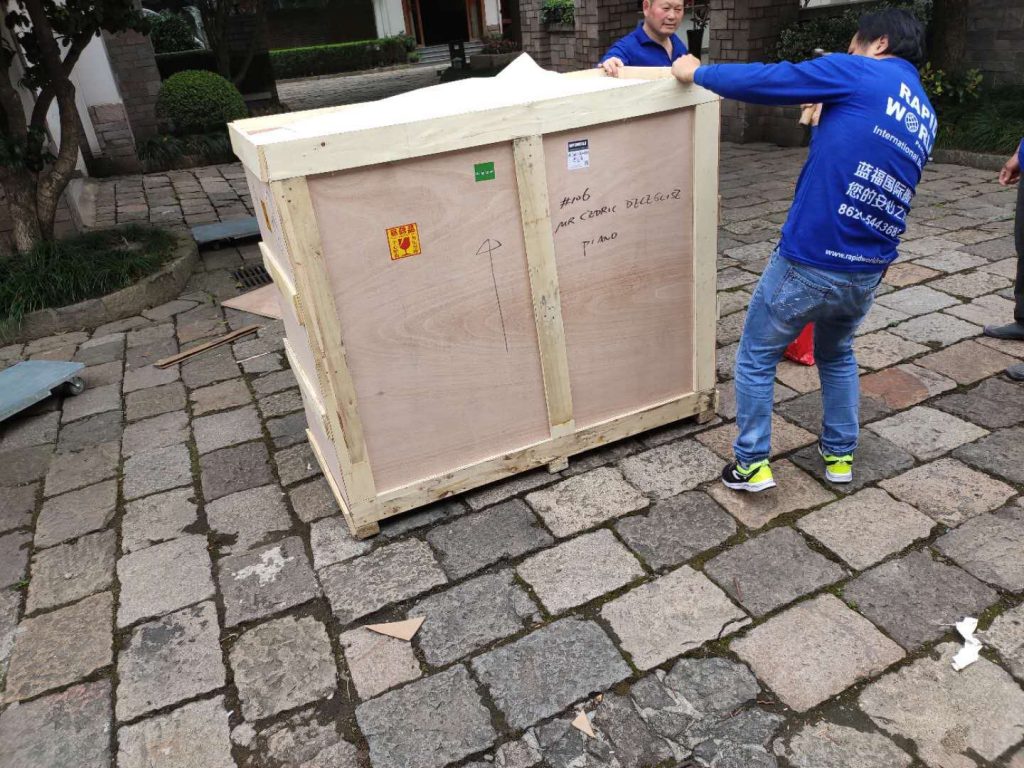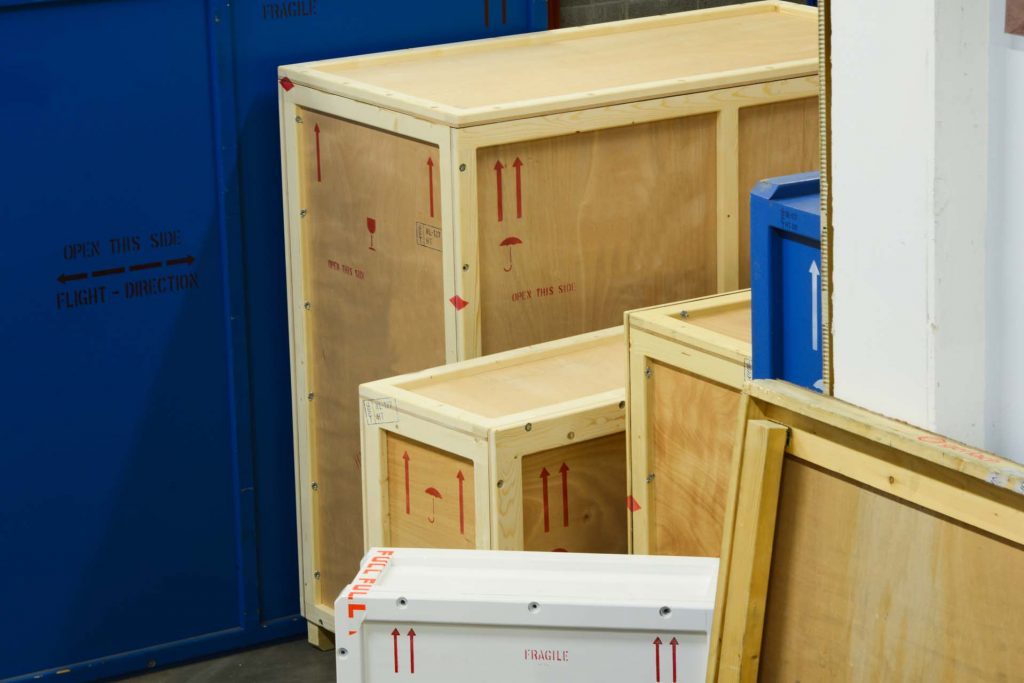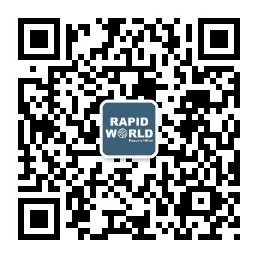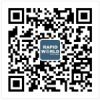Flag for Moving to US – US Customs Exam | RW Relocations: International Movers China
Recently, RapidWorld Relocations China had 6 shipments arriving in 5 various US seaports after Jan 01, 2020. These 6 shipments are belonging to 6 of our customers moving their used personal furniture and belongings to US. All of these shipments were selected by US Customs for exam, some of them for both x-ray and physical exam. These exams caused long delays and expensive inspection fees and associated costs.
With that being said, though there have been no formal notice released by US Customs & Border Protection (USCBP), we believe that the USCBP is having a reinforcement on shipments entering US starting Jan 01, 2020.
The US customs exam chances were very low in the past 4 to 5 years. As a leading international movers in China, RapidWorld Relocations China movers have conducted more than 800 moves to US in the past 4 years. There are only around 50 of them were tagged by US customs for either x-ray exam or both x-ray and physical exam. Therefore the chance is only 6%-7%. However, before the Trump administration, the US Customs exam chances were once very high as well, probably around 30% to 40%. Historically, cargo entering the United States from any foreign territory has been subject to physical examination by the U.S. Government to verify that it complies with U.S. laws and regulations. After September 11, 2001, a new combined organization of Border Patrol, the Immigration and Naturalization Service, Agriculture Inspection, and the U.S. Customs Service became Customs and Border Protection (CBP) in the Department of Homeland Security. CBP now assumes a leading position in the defense of Homeland Security to protect the country against terrorists and weapons of mass destruction.
The CBP antiterrorism mission is not limited to the physical examination of cargo when it arrives in U.S. ports. CBP is also using intelligence from a number of sources to identify high-risk shipments in order to concentrate its inspectional resources on them. For example, under bilateral agreements as part of the Container Security Initiative, CBP inspectors work in nearly 20 foreign ports to help ensure the security of U.S.-bound cargo before it disembarks.
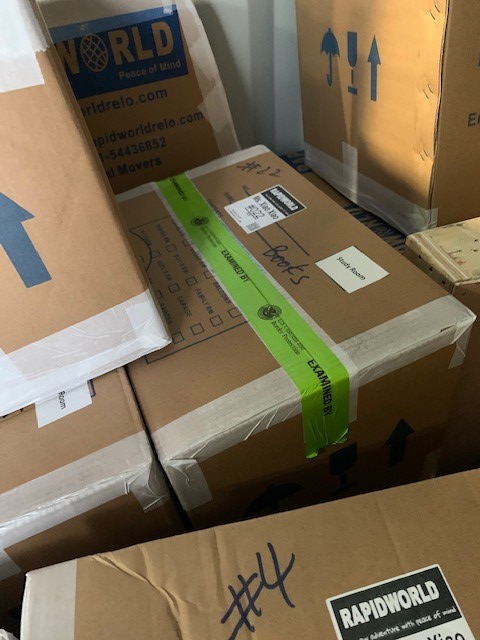
Most Common Types of Holds or Physical Cargo Examinations:
The following CBP holds can occur at time of clearing. Your U.S. Customs broker will typically be notified of the hold and in some cases even take care of a hold without the importer even knowing. If there are any discrepancies, then the U.S. Customs broker will involve the importer. It is the ultimate responsibility of the importer of record to relay pertinent information, details of product and decide on the HTS Classification they want filed with CBP.
- Manifest Hold / MET Hold
Goods are manifested with CBP prior to entering the U.S. In this case, CBP may want to verify the manifested information and will request for documentation. The U.S. Customs broker will work with the importer and CBP to ensure CBP receives all the information they require. In this type of hold, a CBP officer may want to physically examine a shipment based on suspicious activity in the AMS or ISF entry. These are the data elements that are required to be submitted prior to sailing. Typically products that will flag concern are those that fit the description of something disruptive to our security such as heavy dense cargo or for example, a car part manufacturing company that suddenly imports shoes. Things that raise any type of concern can warrant an examination. - CET Hold
A Contraband Enforcement Team (CET) Hold requires more information on consumer product safety standards, copyright or trademark, or ensuring correct HTSUS classification and valuation of commodities. This also encompasses drugs, alcohol, narcotics, weapons; anything that can put a threat on U.S. security. Also, it requires a physical inspection of cargo. - VACIS Exam/NII
A Vehicle and Cargo Inspection System (VACIS) or Non-Instrusive Exam is an x-ray exam which is performed right at the terminal. Much like luggage scans at the airport, a VACIS scans the entire container without breaking the seal. This exam is typically pretty quick and may only delay a shipment by one day. - Tailgate Exam
CBP Officers will simply open the container and look through a couple of boxes. Whereas an intensive is a little more intense. See below. - Intensive Exam
An intensive exam requires a transfer to a Centralized Examination Station (CES) or Customs-bonded facility. CBP officers will physically open the shipment and inspect it hands-on. Depending on which port, this process can delay a shipment anywhere from 24 hours up to 2 weeks. This can be triggered from random generation, risk assessments, a PGA officer, a CBP officer, or a suspicious VACIS or NII Exam. Furthermore, this becomes costly because the importer is required to pay for the transfer to the CES, any storage, handling or other charges that may occur. - USDA Exam
A USDA Exam physically inspects the cargo for outside pests or anything that will disrupt or harm the U.S. environment. You can check out what the USDA does for our country to protect it, including keeping our containers free of harmful pests.
Years of experience tell us that the customs regulations are always changeable. Not only limited to the United States. For the greater good, customs or border control systems in every country could change or reinforce their protection acts at any time.
Technically we are not able to say that we can help you to 100% avoid the customs exam, but there are some useful tips that we can apply to reduce the chances.
1. Have reliable partners in place (ie. experienced international movers for moves from China to US, US Customs broker) prior to completing the purchase2. Work with your partner and send required customs clearance application form and associated paper at your earliest convenience3. Ask and push your movers to file ISF (Import Security Filing) on time4. Ensure your valuation is correct5. Avoid importing prohibited and restricted items6. Follow Tip Number 1
If you are interested in reading more about the USCBP. Please check its official site: https://www.cbp.gov/border-security/ports-entry/cargo-security
